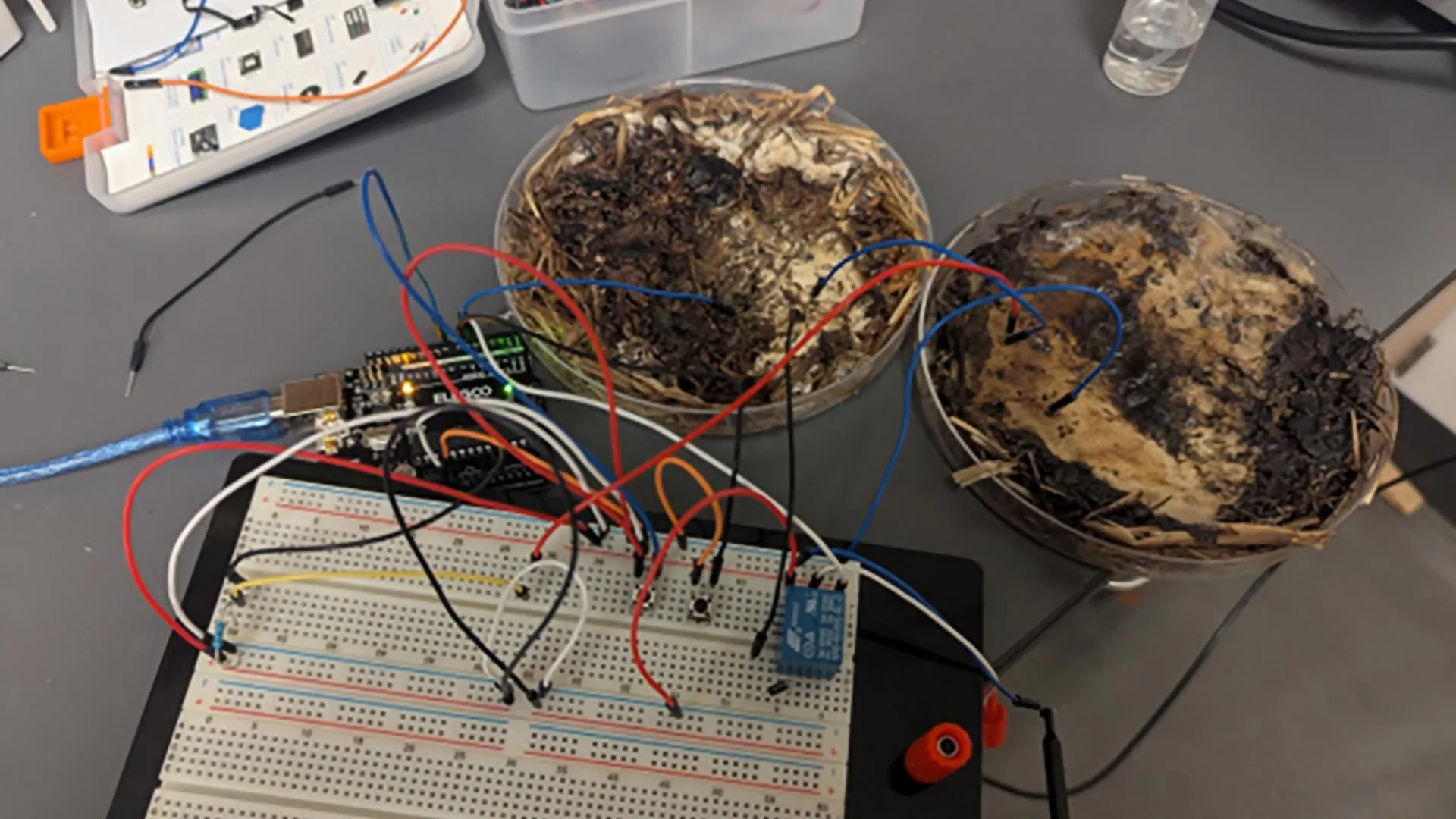Everything you'd need to start exploring fungi and computing could be as small as a compost heap

From the hope-for-the-future department comes news that scientists have found that, one day, we might be able to replace silicon with fungi. The idea that we might be able to plug in to the compost heap in our gardens for faster processing speeds sounds very much like a future I’d like to happen.
I note that an article on earth.com suggests an additional benefit of using fungi is their suitable for otherwise inhospitable environments. Apparently they contain a compound called ‘lentinan’ that protects cells from oxidative stress, helping them to endure radiation, temperature shifts, and ultraviolet light. So great for aerospace or deep-space missions where radiation might conventional electronics.
Researchers at The Ohio State University recently discovered that edible fungi, such as shiitake mushrooms, can be cultivated and guided to function as organic memristors. These components act like memory cells that retain information about previous electrical states.
Their experiments showed that mushroom-based devices could reproduce the same kind of memory behavior seen in semiconductor chips. They may also enable the creation of other eco-friendly, brain-like computing tools that cost less to produce.
“Being able to develop microchips that mimic actual neural activity means you don’t need a lot of power for standby or when the machine isn’t being used,” said John LaRocco, lead author of the study and a research scientist in psychiatry at Ohio State’s College of Medicine. “That’s something that can be a huge potential computational and economic advantage.”
[…]
“Mycelium as a computing substrate has been explored before in less intuitive setups, but our work tries to push one of these memristive systems to its limits,” he said.
[…]
After two months of testing, the researchers found that their mushroom-based memristor could switch between electrical states up to 5,850 times per second with about 90% accuracy. Although performance decreased at higher electrical frequencies, the team noticed that connecting multiple mushrooms together helped restore stability – much like neural connections in the human brain.
[…]
“Everything you’d need to start exploring fungi and computing could be as small as a compost heap and some homemade electronics, or as big as a culturing factory with pre-made templates,” said LaRocco. “All of them are viable with the resources we have in front of us now.”
Source & image: Science Daily